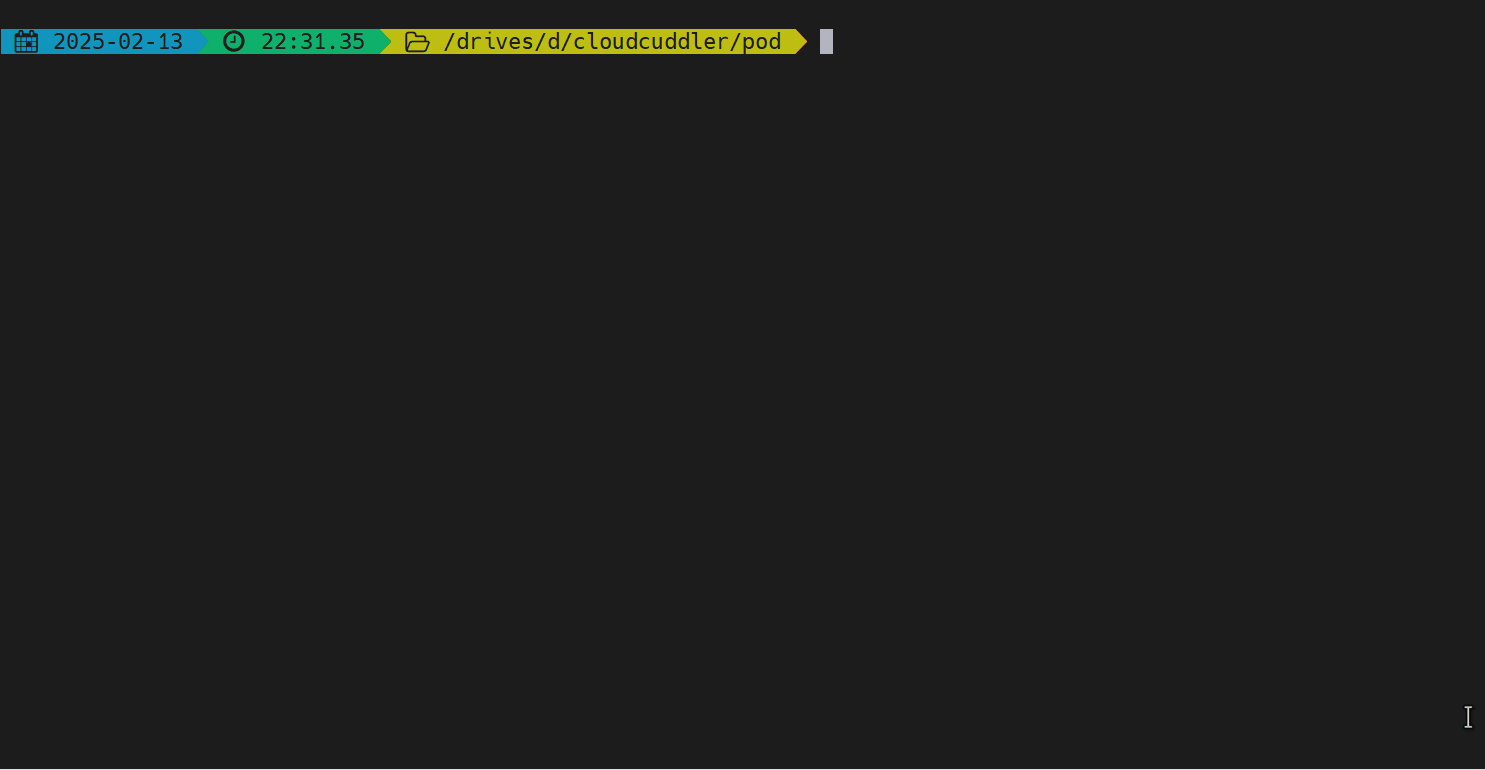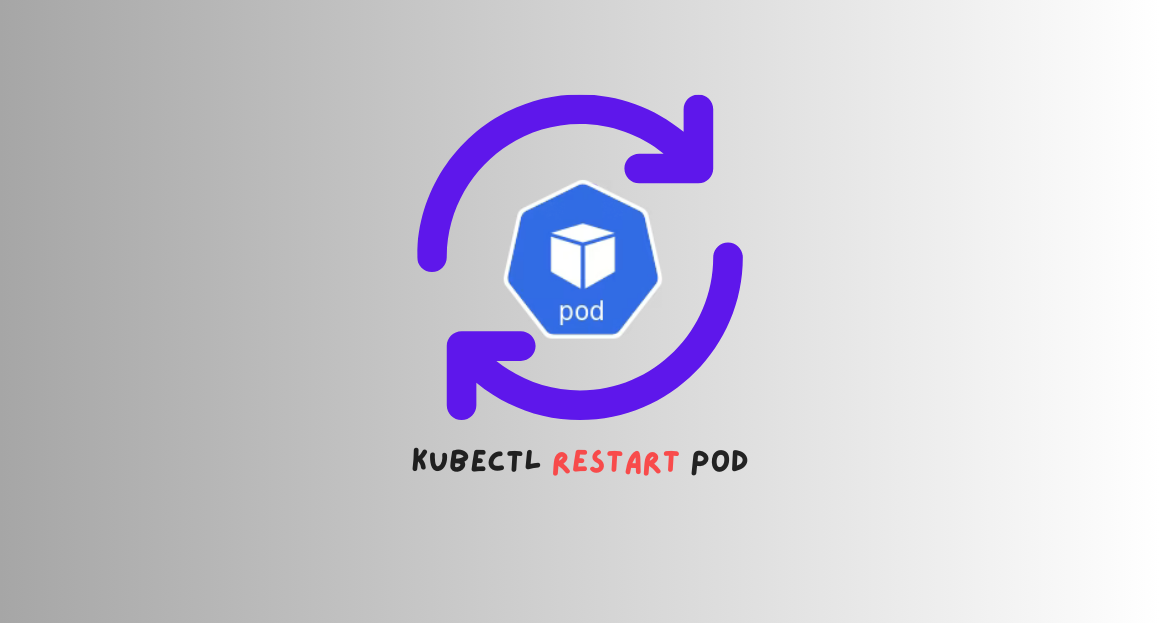Restarting Kubernetes pods is a common task when you want to apply configuration changes, clear memory issues, or recover from temporary failures. In this guide, we will explore different ways to restart Kubernetes pods using kubectl with practical examples and visual aids.
Unlike traditional systems where you can restart individual processes, Kubernetes follows a declarative model. Restarting a pod does not mean restarting a running container; instead, the pod is replaced with a new one.
Kubernetes manages pods through controllers such as Deployments, StatefulSets, and DaemonSets. When a pod is deleted, the controller ensures a new pod is created to maintain the desired state of the system.
Method 1: Restart Pods Using kubectl rollout restart
The best practice to restart a pod in a deployment is using the kubectl rollout restart command. This approach ensures that pods are restarted gracefully without downtime.
kubectl rollout restart deployment <deployment-name> -n <namespace>Example: If you have an Nginx deployment and need to restart its pods, run:
kubectl rollout restart deployment nginx-deployment -n devThis command instructs Kubernetes to restart all pods in the specified deployment. It does so by creating new pod instances and gradually removing old ones, ensuring zero downtime.
Checking the Status of Pods
After running the restart command, verify the status of your pods using:
kubectl get pods -n devThis will list all the pods under your deployment, and you will notice that new pods are being created while the old ones are being terminated.

Method 2: Restart a Pod by Deleting It
If a pod is not managed by a deployment (e.g., standalone pods or pods in a StatefulSet), deleting it manually will force Kubernetes to recreate it.
kubectl delete pod <pod-name> -n <namespace>Example:
kubectl delete pod nginx-deployment-67975fbfc7-cdjmr -n devOnce deleted, Kubernetes will automatically detect the missing pod and create a new one based on its configuration in a Deployment, StatefulSet, or DaemonSet.
Checking for New Pod Creation:
kubectl get pods -n devYou should see a newly created pod with a different name from the deleted one.

Method 3: Restarting Pods Using kubectl scale
Another method to restart pods is by scaling down the deployment and then scaling it back up. This is particularly useful when you need to restart all pods at once.
kubectl scale deployment <deployment-name> --replicas=0 -n <namespace>
kubectl scale deployment <deployment-name> --replicas=3 -n <namespace>Example:
kubectl scale deployment nginx-deployment --replicas=0 -n dev
kubectl scale deployment nginx-deployment --replicas=3 -n devThis method temporarily removes all pods and then recreates them, ensuring they start fresh.
Method 4: Restarting a Pod by Editing its Configuration
Sometimes, making a small change to the pod specification can trigger a rolling restart. You can do this by editing the deployment:
kubectl edit deployment <deployment-name> -n <namespace>For example, changing the image version or adding an annotation will cause Kubernetes to recreate the pods.
spec:
template:
metadata:
annotations:
restartTimestamp: "$(date +%s)"Once you save the changes, Kubernetes will automatically restart the affected pods.

Why Do We Need to Restart a Pod?
There are several scenarios where restarting a Kubernetes pod is necessary:
- Applying Configuration Changes – If updates are made to environment variables, secrets, or config maps, a pod restart ensures the new settings take effect.
- Recovering From Failures – If a pod is stuck in a CrashLoopBackOff or Error state due to a temporary failure, restarting the pod can help restore normal operation.
- Freeing Up Memory and Resources – Pods consuming excessive memory or CPU can be restarted to release system resources and improve performance.
- Rolling Updates and Deployments – Restarting pods is part of the Kubernetes rolling update strategy, ensuring smooth deployments with minimal downtime.
- Resolving Network Connectivity Issues – If a pod loses network connectivity or its services become unreachable, restarting it can re-establish proper communication.
- Fixing Application Bugs – Some application errors require a full restart to reset internal states or clear cache inconsistencies.
Restarting Kubernetes pods is essential for maintenance, debugging, and deploying updates. Using
kubectl rollout restartis the recommended approach for managed workloads, while deleting a pod works for standalone cases. Scaling methods and configuration edits provide alternative ways to refresh running pods.By understanding these methods, you can efficiently manage your Kubernetes clusters and ensure applications run smoothly.




